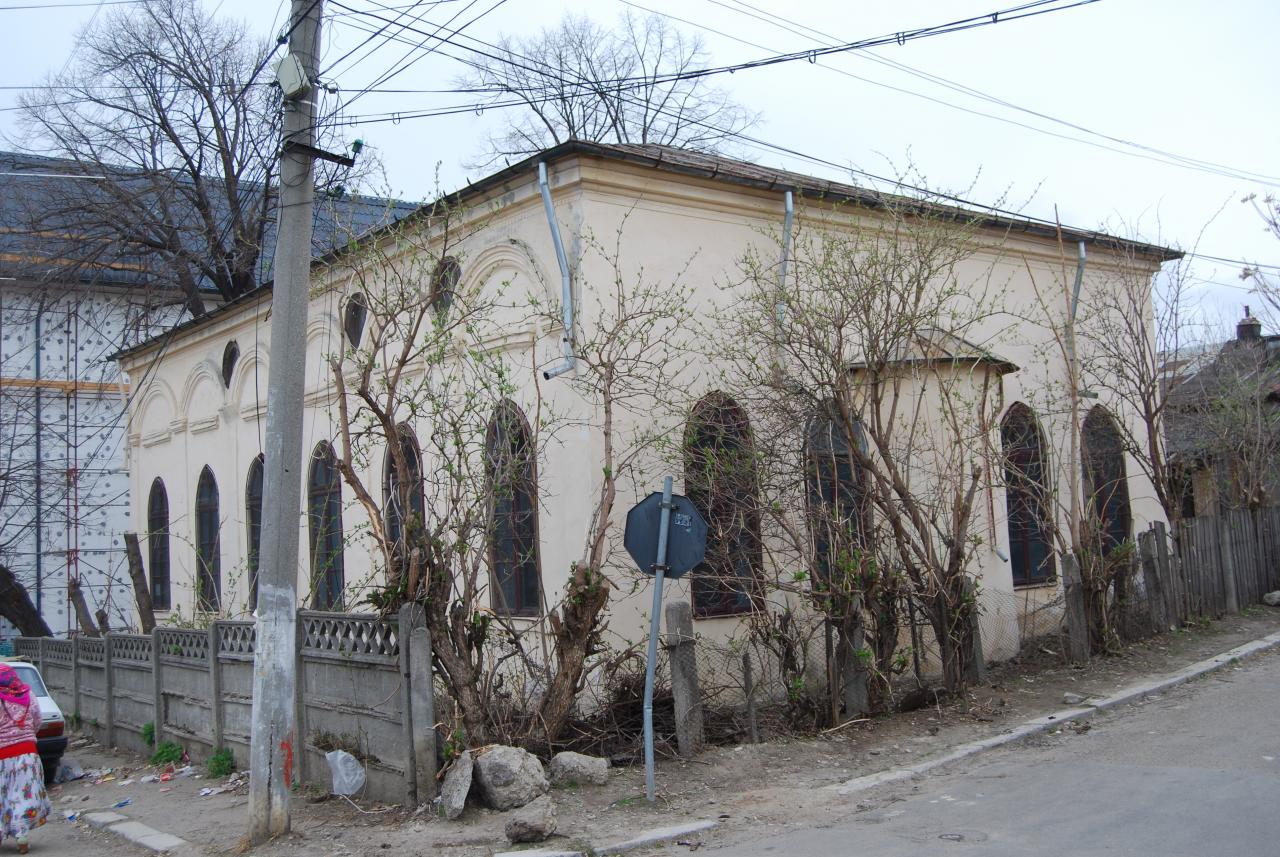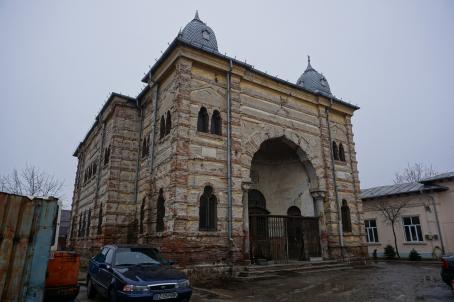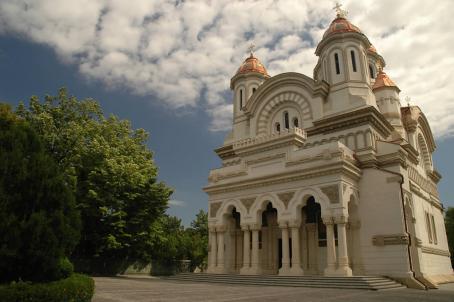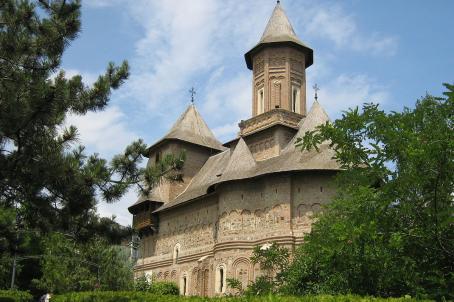Synagogue in Râmnicu Sărat
The Synagogue in Râmnicu Sărat was reportedly built in 1855. Sixteen lancet windows on the north side, six on the south side, and four on the east side give light to the prayer hall. A second tier of small round windows lights the women's gallery. The windows are decorated on the building exterior with intervening pilasters and curved blind arches. A semicircular apse on the east side of the building marks the niche of the Torah ark. The vestibule of the synagogue serves as a small prayer room and leads to the main prayer hall. The women's gallery occupies an upper tier (balcony) that compasses the main prayer hall on three sides.
About this building
For more information visit on this building visit http://historicsynagogueseurope.org/browser.php?mode=set&id=3359






